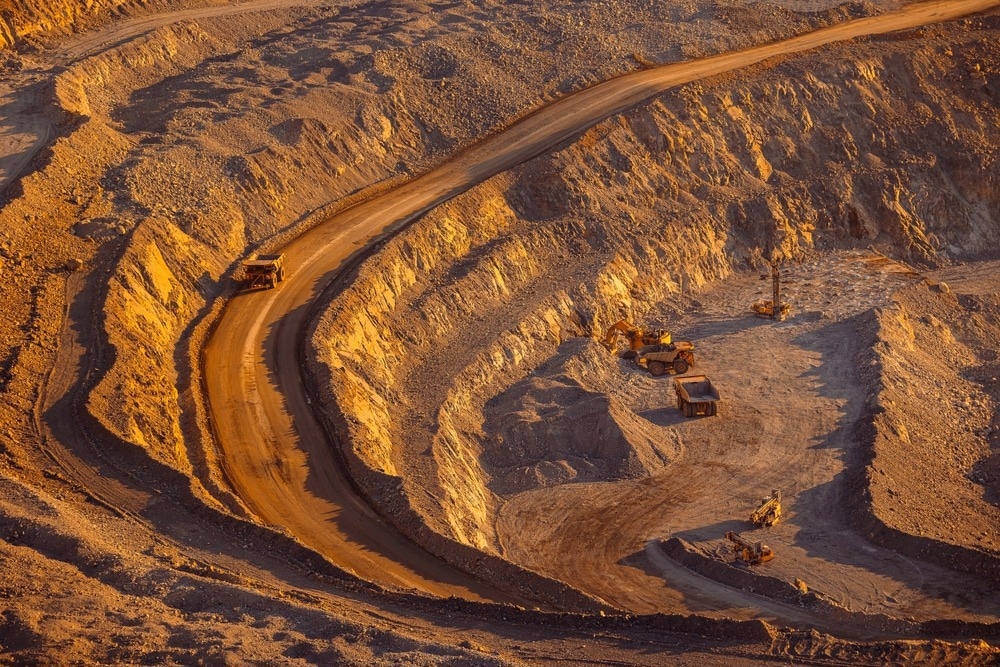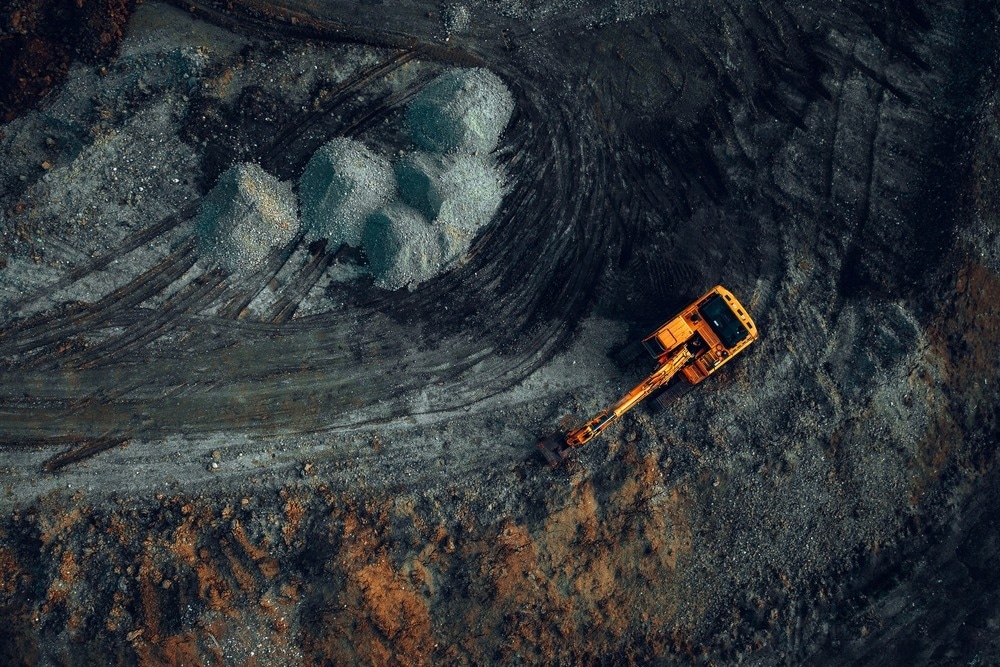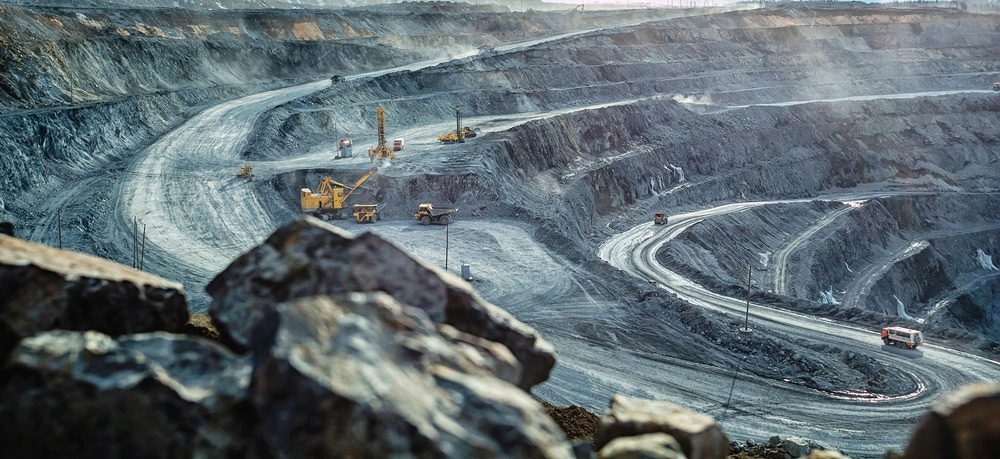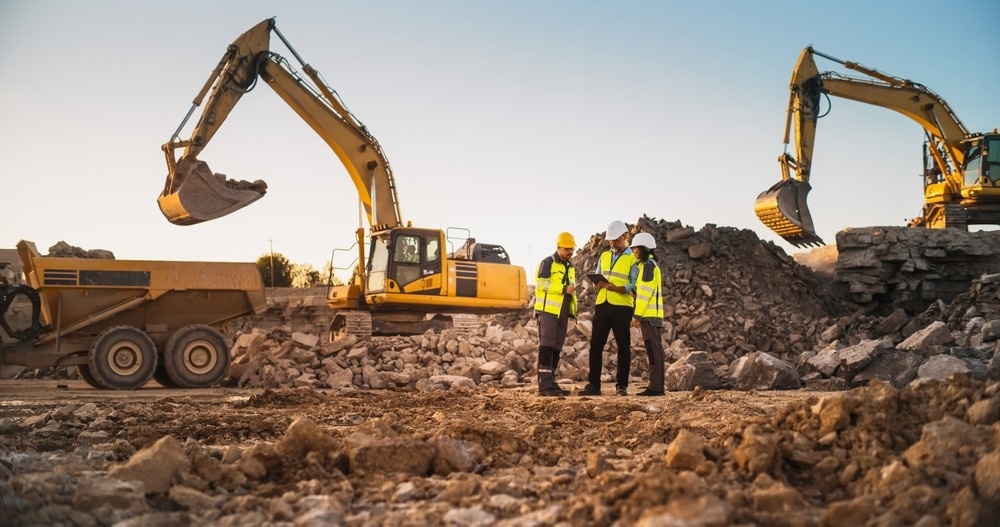Today’s mining sector is driven by an ongoing push for greater efficiency and productivity. From early-stage exploration and extraction to processing and transport, equipment reliability remains a cornerstone of success.

Image Credit: Parilov/Shutterstock.com
When equipment fails, the resulting downtime disrupts production schedules, inflates budgets, and ultimately impacts profits. In this high-stakes environment, large electric motors and drives are indispensable, powering essential machinery such as crushers, ball and SAG mills, pumps, ventilation systems, and conveyors.
The Harsh Nature of Mining Environments
Mining operations pose unique challenges for electric motors. These systems are regularly exposed to harsh conditions, including dust, moisture, vibration, and extreme temperatures.
Dust can infiltrate and wear down internal components, leading to overheating. Moisture ingress risks electrical shorts and corrosion. Excessive vibration may cause misalignment and, in worst cases, complete motor failure. These stressors contribute to costly downtime and hinder overall productivity.
Another significant challenge for mining equipment motor designers and engineers is navigating the space constraints of modern mines. Equipment is increasingly compact—narrow by horizontal design and often extending through tight vertical shafts to maintain ore control—which makes it difficult to accommodate oversized motor frames.
When operators aren’t fully aware of the load being handled, they may overlook important parameters like speed, limits, loading, or acceleration. As a result, motors can be installed in configurations that exceed their rated mechanical loads, leading to internal damage. High-torque motors, in particular, can place excessive strain on the motor shaft, increase vibration, and eventually cause overheating.
In applications that deliver and endure high torque—especially those operating without direct coupling—motors with tighter frame ratios tend to reflect a more reliable and robust design.
Robust Motor Features Include:
- Simplified Design: Reduces operator error.
- Smooth Operation: Minimizes physical strain on operators.
By focusing on these fundamentals, designers can create motors that better withstand the extreme conditions found in mining environments.

Image Credit: sdf_qwe/Shutterstock.com
Selecting the Right Motor – An Important Decision
Selecting the right motor for a specific mining application is essential. Across every stage of the process, from drilling and extraction to refining, factors like power efficiency, energy savings, and environmental conditions must be carefully evaluated.
An oversized motor can result in inefficient performance and wasted energy, while an undersized one increases the risk of overloading, overheating, and early failure. Finding the “sweet spot” requires a thoughtful balance of technical insight and real-world experience.
Making Efficiency Number One – A Rising Trend
The International Energy Agency (IEA) has identified energy efficiency as the “first fuel” in the path toward net-zero emissions, emphasizing the impact of avoided energy use across industrial processes.
Today, more than 300 million electric motors are in operation globally, yet only a small percentage of them qualify as high-efficiency. Given that electric motors account for over two-thirds of electricity consumption in heavy industries, adopting more energy-efficient technologies is a critical first step toward sustainable operations.
In response, modern mining operations are placing greater emphasis on energy efficiency, not just as an environmental obligation, but as part of broader corporate and regulatory goals.
Shifting environmental targets and market dynamics are accelerating the adoption of advanced technologies, with high-efficiency electric motors playing a central role.
These motors not only help cut energy use but also deliver long-term cost savings. Additionally, their compatibility with digital technologies makes it easier to implement smart mining systems and improve responsiveness.
Aligning motor systems with operational requirements unlocks even greater energy and cost savings. Without a variable frequency drive (VFD), motors are limited to operating at full speed—often needlessly—resulting in wasted energy and reduced efficiency.
VFDs adjust motor speed based on actual process demands, lowering energy consumption, boosting efficiency, and enhancing overall performance. They also reduce maintenance needs and help prevent early failures caused by overload or mechanical strain, extending the lifespan of both motors and assets.
With rising pressure to shrink the industry’s carbon footprint, electric motors (especially when paired with smart drive technologies) are increasingly vital to achieving sustainability goals in mining.

Image Credit: Evgeny_V/Shutterstock.com
Opting to Add a Variable Frequency Drive
While the use of variable frequency drives for motor control has gained significant ground in low-voltage applications, large motors have largely been left out due to the higher initial cost and complexity at elevated voltage levels.
Currently, only an estimated 10–15 % of the global installed base of large motors are equipped with a drive.
Mining operations are expected to run 24/7, making reliability and extended equipment life essential. A key benefit of variable frequency drives is their ability to soft-start large motors, which reduces thermal stress and minimizes insulation damage, ultimately extending motor life.
Motor-drive systems using variable frequency drives also have no moving parts, unlike traditional setups that rely on components like valves and dampers. These conventional systems are often overengineered to handle localized failures in bearings and other parts. In practice, having fewer components translates to improved resilience and reduced downtime.
Electric motors paired with dependable frequency drives offer precise control of speed and torque, allowing them to respond efficiently to changing load demands. Compared to internal combustion engines, these systems typically offer a longer service life, especially when preventative maintenance is in place.
Soon, modern motor concepts will deliver fully integrated electromechanical powertrains as complete packages for operators. This optimized approach improves energy efficiency, enhances control, simplifies operations, boosts productivity, and supports sustainability.
Choosing the Right Partner – Expertise is Important
Choosing a reliable motor manufacturer with a proven track record brings clear advantages. Experienced manufacturers have the technical know-how to design motors built to handle the demanding conditions of mining operations. Their deep understanding of the industry's unique challenges often results in motors and drives equipped with features such as:
- Sturdy Design: The use of high-quality materials and solid construction techniques ensures durability and a long operational life. Features such as sealed bearings, enhanced cooling, high ingress protection, low vibration, and corrosion-resistant components help motors withstand harsh environments.
- Tailored Solutions: Mining applications vary widely, with different requirements for motor size, power rating, and specific operating conditions. Reputable manufacturers offer both standard configurations and customized options to ensure the right fit for each application.
- Expert Support: Reliable motor manufacturers provide ongoing support beyond the initial purchase. This includes readily available spare parts, on-site service expertise, and technical assistance to help address any operational challenges.
- End-to-End Solutions: Choosing a partner with the capability to deliver solutions from concept through commissioning ensures the entire system is optimized for efficiency and reliability in mining operations.
- Wide Portfolio: A trusted partner’s ability to supply solutions across the full range of motor and drive needs can simplify sourcing and reduce complexity in future service requirements.

Image Credit: Gorodenkoff/Shutterstock.com
Beyond Technical Specifications – The Wider Impact
The selection of reliable large motors brings benefits that go well beyond technical specifications.
- Reduced Downtime: Minimizing downtime is essential for maintaining productivity. Durable motors built for harsh environments, when paired with preventative maintenance services, can significantly cut down on unplanned failures and their associated costs.
- Predictive Maintenance: Programs that incorporate vibration analysis and performance monitoring help identify potential issues early, reducing the risk of unexpected failures and enabling more proactive maintenance scheduling.
- Improved Operational Efficiency: High-efficiency motors help reduce operating costs by using less energy to deliver the same output. This not only lowers energy expenses but also reduces the operation’s environmental impact. Many modern motors feature optimized stator and rotor designs that reduce bearing and friction losses, further improving efficiency. Integrating a variable frequency drive into the system can lead to even greater energy savings.
- Total Cost of Ownership: While high-quality, well-built motors may have a higher upfront cost than standard options, the long-term value more than justifies the investment. Reduced downtime, increased efficiency, and lower maintenance requirements contribute to a lower total cost of ownership over the motor’s lifespan. For mining operations, this translates into meaningful financial returns over time.
The Right Choice Matters
The reliable and efficient operation of large motors is essential to the success of modern mining operations. By selecting motors and drives built for the demanding conditions of mining environments, prioritizing energy efficiency, and working with trusted manufacturers, mining companies can achieve reduced downtime, enhanced operational performance, and a lower total cost of ownership.
As the industry moves toward a more future-focused approach, electric motor and drive solutions will continue to evolve, placing greater emphasis on sustainability and full lifecycle assessments.
At the same time, technologies like predictive maintenance will play a key role in optimizing performance, reducing environmental impact, and supporting long-term productivity.
With environmental concerns becoming increasingly urgent, it remains critical for the motor industry to lead through research, development, and the adoption of smarter, cleaner technologies.
The potential to support more sustainable operations is clear, but real progress depends on close collaboration between motor and drive manufacturers and the mining companies that implement these solutions.

This information has been sourced, reviewed and adapted from materials provided by ABB Large Motors.
For more information on this source, please visit ABB Large Motors.